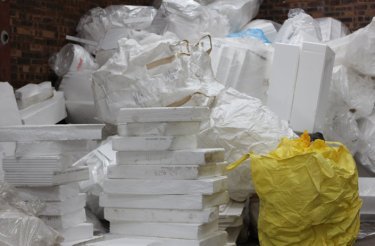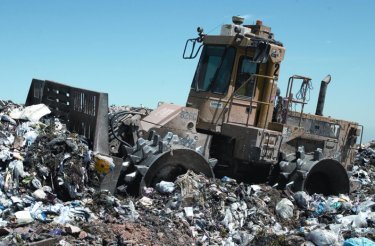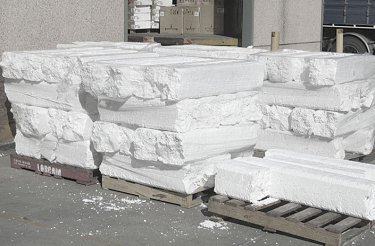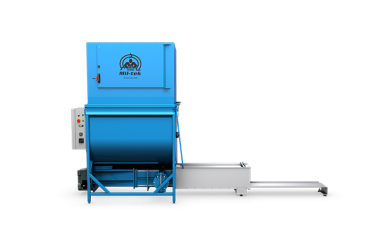
What is EPS Waste?
Learn all about what EPS waste is, with this informative guide brought to you by Mil-tek.
What is EPS waste?
EPS, or expanded polystyrene, is a popular plastic packaging material (packing foam) comprising 98% air. Because it is lightweight and has good insulating properties, EPS is used widely in packaging electronic goods, furniture, food items, and so on. Moreover, it is also utilised in manufacturing products like cutlery, disposable cups, trays, etc. However, despite its popularity, there is a significant issue regarding the disposal of polystyrene products and packaging. Because it is bulky, the material takes up a lot of space in bins, which fill up quicker, thus needing to be emptied more frequently.

The problem with EPS in landfill
Most expanded polystyrene ends up in landfill yearly, and because it is non-biodegradable, EPS decomposes only after hundreds to thousands of years. So, even if EPS ends up in the landfill, the wind can carry it, leading to water bodies pollution and putting marine animals’ lives at risk. For instance, fish can consume polystyrene, and the larger marine predators could then eat the contaminated fish. If polystyrene breaks apart, animals can eat its small components, which could lead to intestinal blockage or choking. But EPS waste doesn’t only threaten marine life – it is also dangerous for humans. According to medical research, styrene (the plastic monomer used to manufacture expanded polystyrene) is a possible human carcinogen. Moreover, the monomer is derived from natural gas or petroleum, which aren’t renewable, thus posing environmental issues.

Is there a solution for the disposal of EPS?
This isn’t commonly known, but EPS is fully recyclable: it is possible to reuse clean material in the manufacturing process of new polystyrene boxes. The EPS sector put in place infrastructures to enable global recycling, so nowadays, many customers and businesses focus on sustainability by recycling polystyrene. This prevents the material from becoming waste and turns it into valuable resources instead. There are different waste reduction options when it comes to EPS packaging – see below:

- Reduce: EPS usage can be reduced through the optimisation of pack design, thus lowering environmental burden;
- Recycle: EPS packaging can be reprocessed to new material for different purposes; for example, it can be transformed into hardwood replacement for outdoor furniture;
- Reuse: there are different ways to reuse EPS packaging; for instance, multi-trip packaging to transport partially assembled foods;
- Recover: EPS’ calorific value is more significant than coal, making it safe to burn within incinerators or energy recovery units without causing environmentally damaging fumes.
Introducing a recycling scheme to protect the environment
It’s essential to be aware of how EPS waste affects the environment and take steps to eliminate the hazard. Everyone is responsible for lowering the carbon footprint, especially businesses. Fortunately, it is possible to do so by implementing a viable recycling scheme, such as compaction. Using a compactor has many benefits, including cost reduction, convenience, and helping you achieve your recycling goals. Caring for the environment is vital nowadays, but it’s also a way to save money, space and time in your business as you handle waste more effectively.

Can we help you?
If you’re interested in learning more about how Mil-tek may help your business improve its waste management, get in touch with us.
We will contact you as soon as we can.